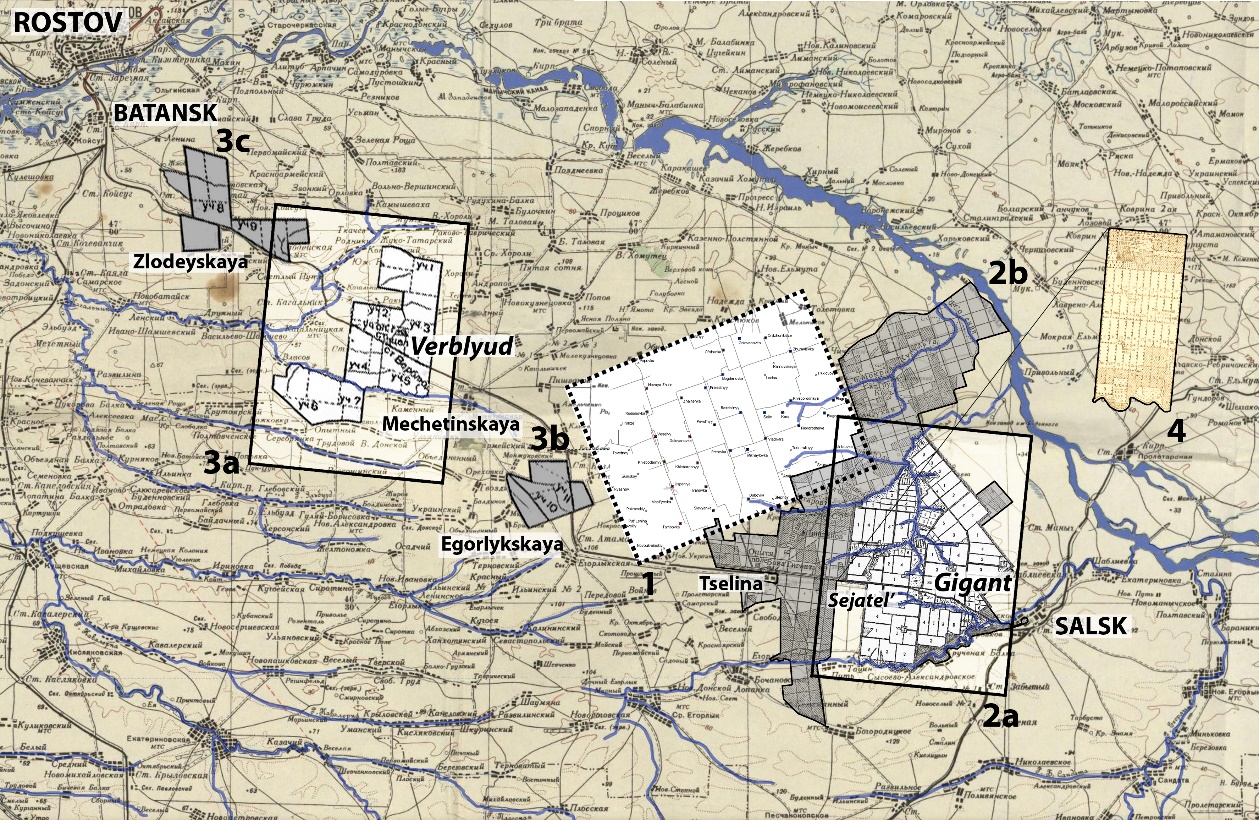Agrarian Constructivism. Salsk steppes from first “Pjatiletka” to “Velikoe Preobrazovanie Prirody”
Maurizio Meriggi

Abstract
Salsk steppes territory, located in the Rostov-on-Don region, collects significant examples of the Soviet programs for the reclamation of steppes in different period: from the early 1920s colonisation of land by Transcaucasian Russian religious refugees, to the establishment in late 1920s and 1930s of «sovkhoz (state farms)» and «kolkhoz (collective farms)» during the first Five Years Plans, to the 1950s « Velikoe Preobrazovanie Prirody» plan (Great Plan for the Transformation of Nature) including a grand afforestation project with linear forests extending for hundreds of kilometres. The two most famous and documented «sovkhoz» of Salsk territory - «Gigant» and «Verblyud» - clearly epitomise the extreme characters in architecture and planning, between constructivism and Russian rural traditionalism, in the creation of a network of collectivised villages and new towns – i.e., the «agro-gorod» (agro-city) - as proper rural-urban settlement of the Socialist society. The grand dimensions of «sovkhoz» and of the afforestation plan, even if expression of Soviet gigantomania, could be otherwise regarded as proportional to the natural vast scale of steppes landscape.
Meriggi, M. “Agrarian Constructivism. Salsk steppes from first “Pjatiletka” to “Velikoe Preobrazovanie Prirody”.” Clara, no. 8 (2021, in press).



